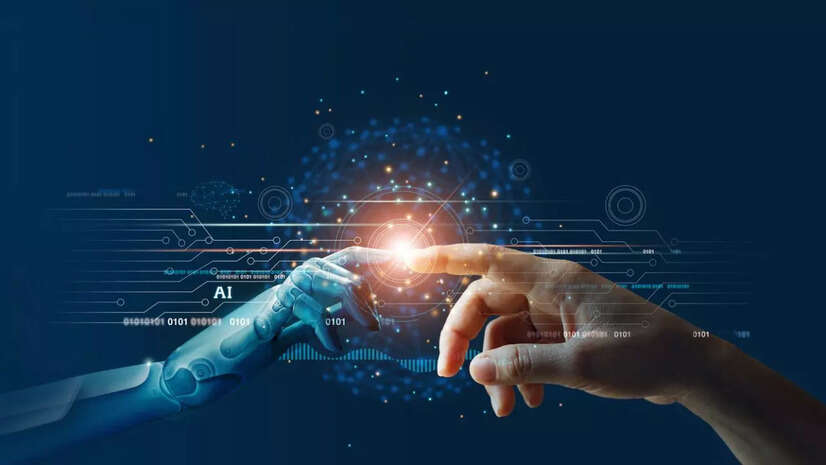Flux.1 Update: The New AI-Powered Image Generator Creating Hyper-Realistic Human Images and Videos
A new open-source AI image generator is making headlines on the internet. Flux.1, launched in August, was developed by Black Forest Labs. It is claimed to create hyper-realistic human images and videos. Read more details inside.

A hallmark of AI image generation has been the struggle to accurately depict human features, often resulting in uncanny valley effects or unnatural-looking results. Flux.1 has overcome this challenge, producing images that are remarkably indistinguishable from photographs. The AI model excels at capturing intricate details such as skin texture, hair, and facial expressions, creating a level of realism that was previously unattainable.
Also Read: Meta and Universal Music Group Addressed AI Music in New Licensing Agreement.
Beyond static images, Flux.1 is also making strides in video generation. The model can create seamless and fluid videos featuring human characters that exhibit lifelike movements and interactions. This capability opens up new possibilities for film, advertising, and virtual reality applications.
The implications of Flux.1 are far-reaching. In the entertainment industry, it could revolutionize special effects, character creation, and even the production of deepfakes. However, with great power comes great responsibility. This technology's potential misuse, such as creating deepfakes for malicious purposes, is a significant concern.
Black Forest Labs has acknowledged its work's ethical implications and emphasized the importance of developing responsible AI practices. The company has committed to working with policymakers, researchers, and industry partners to establish guidelines for the ethical use of AI image generation.
As Flux.1 continues to evolve, it will likely shape the future of digital media and raise profound questions about the nature of reality and authenticity. While the technology is still in its early stages, it is clear that Flux.1 represents a significant leap forward in AI capabilities and has the potential to redefine the way we interact with visual content.
Disclaimer: Times Shopping Guide is committed to bringing you the latest products from the best brands. Our selection is based on market research and positive consumer feedback. Times Shopping Guide is also a part of an affiliate partnership. In line with this, we may receive a portion of the revenue from your purchases. Please note that the product prices are subject to change based on the retailer's deals.












